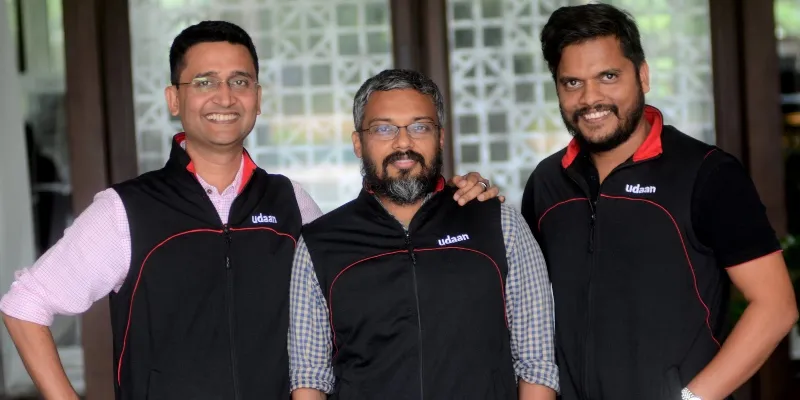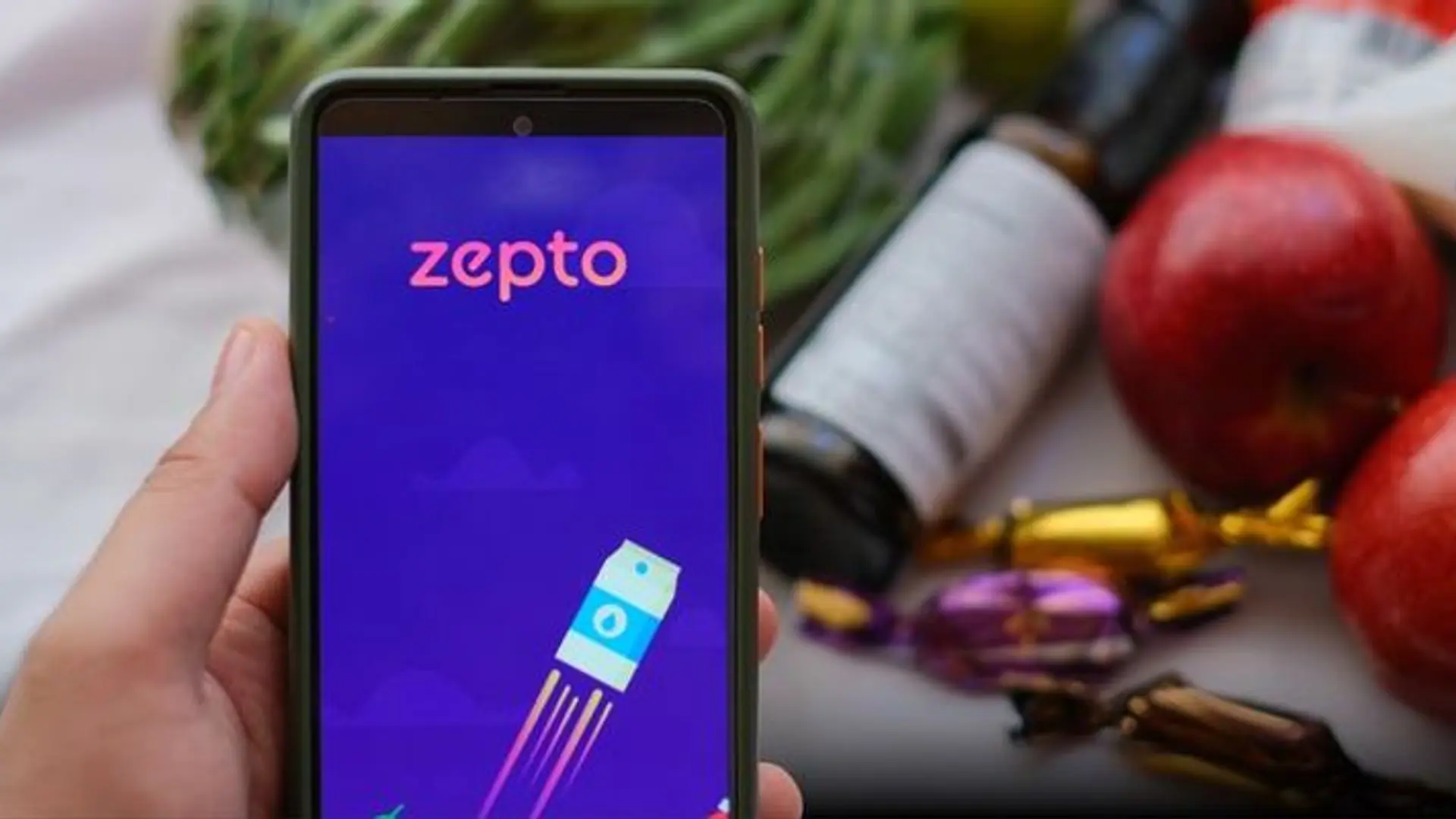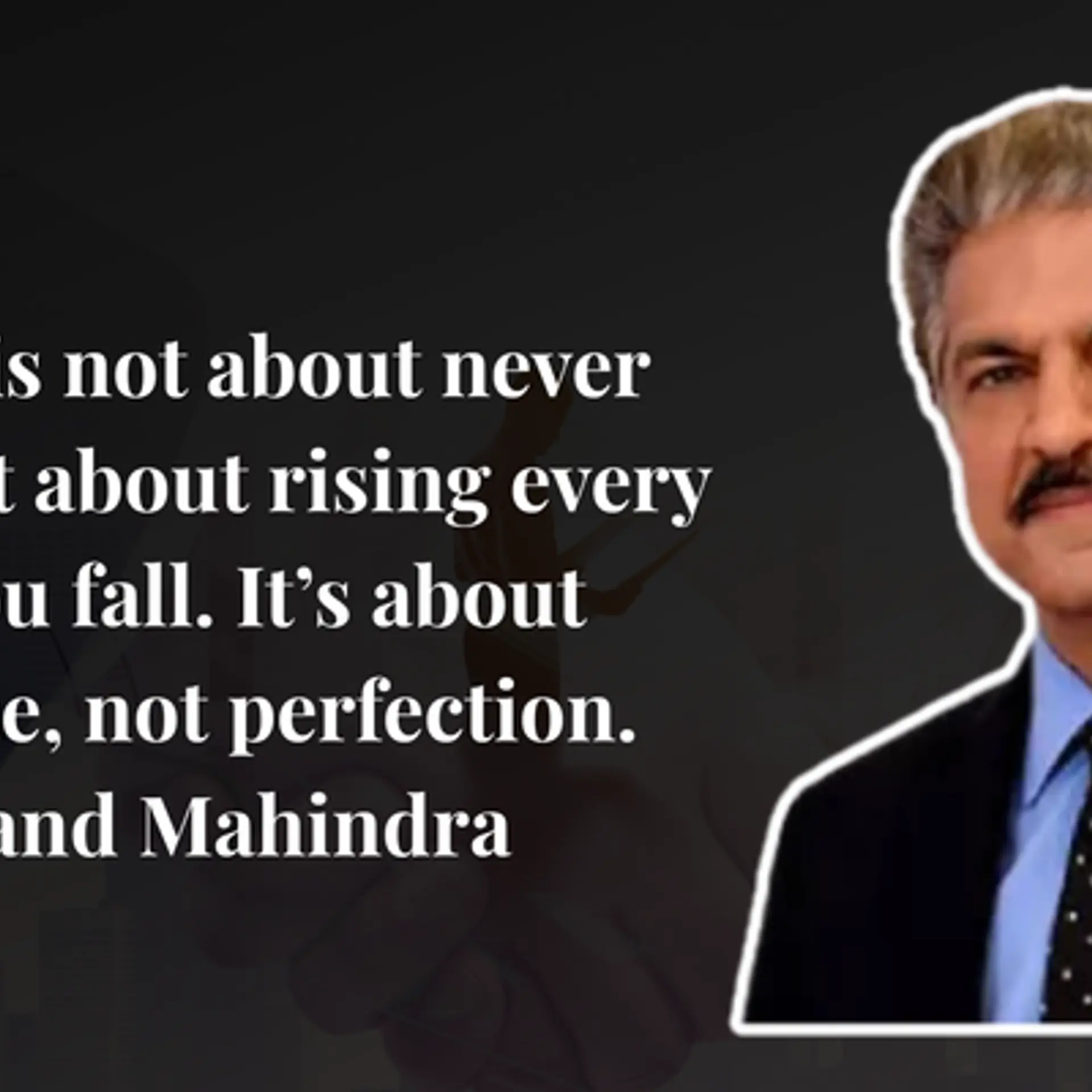Payment reliability is one of the biggest problems in India, says Vaibhav Gupta, Co-founder, Udaan
In this week’s GGV Podcast, Hans Tung, Managing Partner at GGV Capital, spoke to Vaibhav Gupta, Co-founder of Udaan, about how his time at Flipkart helped him launch Udaan, the unique needs of the burgeoning Indian ecommerce market, and the insider view of scaling a rising unicorn.
‘’ – the Hindi word for taking flight – embodies the vision its founders have for the young company. “It has that connotation of hope, positivity, achievement, and ambition for small guys,” says Co-founder Vaibhav Gupta (VG).
The company, which is often referred to as India’s fastest unicorn, connects manufacturers and wholesalers with retailers online, and has achieved over $1 billion in valuation in 26 months.
Before starting Udaan, Vaibhav was the Senior Vice President at . The other two co-founders – Sujeet Kumar was the President of Operations at Flipkart and Amod Malviya was the CTO at the Indian ecommerce major.

Udaan founders - Amod Malviya, Vaibhav Gupta, and Sujeet Kumar
In a recent conversation with Hans Tung, Managing Partner at , VG shares how his time at Flipkart helped him launch Udaan, the unique needs of the burgeoning Indian ecommerce market, and the insider view of scaling a growing unicorn.
Tune into this episode of the podcast here:
Hans Tung (HT): Can you explain in detail what kind of problems Udaan is trying to solve in India?
Vaibhav Gupta (VG): If you look at how the Indian economy is structured, it’s still a very strong domestic trade economy where sellers, producers, and manufacturers are small businesses. You have more than 100 million manufacturers and farmers producing things, 25-30 million retailer endpoints consuming goods, and another million traders and channel players who are facilitating the trade.
As mobile adoption expands, these players are made available online. We saw an opportunity for the advent of a marketplace, which can create value from solving the fragmentation on supply and demand side – from pricing, quality, and selection discovery. That was one of the reasons why we were attracted to this market, because it was large, and the timing was right.
HT: What is the biggest attraction that Udaan is offering to its sellers and merchant buyers?
VG: I think our biggest value for sellers was growth. When we talked to small-sized manufacturers with a factory unit of 50-100 employees, we realised that everyone was asking the question of ‘how do I go onto the internet?’.
This phenomenon was driven by the success of Flipkart and Amazon in India, and almost every Indian manufacturer saw the Internet can scale so much, and there are so many people buying online. Hence, they started trying different ways such as hiring people to build apps for them, going onto websites, and signing up for the listings.
Udaan is one of the fastest-growing channels in terms of trade in India. The small merchants in India actually behave very much like consumers when they think about buying products. They want access to variety, good pricing, convenience, and reliable delivery.
With the fragmented and unorganised channel, payment reliability is one of the biggest problems in India. Typically, sellers have to keep working with their channel and keep collecting payment in small amounts over a period of time. Udaan solves the issue of delayed payments with its reliable on-time, and full payment system.
In our early years, we focussed a lot on ensuring people can trust Udaan to do their business. While we also make mistakes, we keep communication open with our sellers. They understand that we are fixing the problems and we are transparent with them.
HT: Tell us about the Udaan credit system, and how that plays in your value-add for the seller and buyer?
VG: In India’s trade credit system, most of the small merchants do not have formal credit histories. It is difficult for them to get a loan or a working capital line from a financial institution like a bank. Hence, suppliers, wholesalers, family, and friends become the people who finance these merchants.
Extending from this opaqueness in the credit system, suppliers gain a huge advantage, where they tend to inflate the price at which they’re selling the products.
Now, Udaan is trying to address these problems by coming onto the platform to make credit transparent. We create credit lines for our buyers based on their transaction and user behaviour on the platform. This enables us to create a credit product, which is based on economic data, and is transparent to both buyers and sellers.
Simultaneously, manufacturers become very competitive in pricing the product because it has been decoupled from the credit, and the payment risk has been solved for them. In turn, the volume of transactions on the platform is increased, and we can improve our credit product further because we get more data from users.
These two approaches of decoupling credit from pricing and analysing data to assess credit capabilities enable us to add value to the system, both in terms of enhancing the marketplace and creating lending products.
VG: Hans, if you think about Alibaba, when they scaled, digital payment was a big player in its success. Looking at that, 90 percent of the trade is still on cash, and it looks like Udaan is doing really well. Can you explain that from an investor perspective?
HT: When Alibaba started Taobao, China’s GDP per capita was at around $3,000-$4,000 per person. In that range, it was easier to see consumers aspire, buy goods on Taobao from a manufacturer seller who’s far away. When you’re dealing with two participants who are far away from a distance standpoint, the cash is not going to be useful. So, what Alibaba ended up doing was coming up with Alipay to get the seller and buyer to work with each other more efficiently.
So, if I’m a seller and VG is a buyer, and I sell him something and I ship the goods to him, I need to be sure that he has money to pay for it. If he leaves money in his Alipay account, it lets me know that the money is already in Alipay, and I feel secure to ship my goods to him.
When he gets the goods, he’s not going to release the money until he’s sure the product is good. So, if in seven days he doesn’t complain, the money in his escrow account at Alipay will get released to my Alipay account. This way, Alipay becomes an escrow service to make sure the transaction is good, and that’s how Alipay grew very quickly with the expansion and growth of Taobao.
A lot of B2B businesses today are local, and so cash is still a big component. But over time, as B2C commerce goes online, then I’m sure there will be more business between buyers and sellers across different regions. And that’s when UPI mobile payment will become useful.
HT: Can you tell us what were the lessons you learned from Flipkart and what gave you guys the idea to start Udaan?
VG: One of the big things we learned at Flipkart was how India was changing very fast. Across India, you see mobile and internet penetration and consumers and businesses growing rapidly. The second thing is that the Indian market is very unique, unlike both the US and China.
Although the digitalisation is going very fast, the purchasing power of the consumers in the country is still very low, the country is heavily unbranded, and a lot of old ways of trading, buying, and selling still persists.
Nonetheless, Flipkart showed us that India has power, and offers an opportunity to build large-scale platforms.
HT: How did the three co-founders of Udaan come together?
VG: The three of us have seen enough of each other in action at Flipkart. As you can imagine, Flipkart was not an easy time.
Additionally, with similar backgrounds, there was a chemistry and a value-system match between us. We had the ability to push each other, maintained a tight relationship, and strong ongoing trust.
When we started Udaan, we recruited about eight to 10 core people who were among the best in the local technology industry. The team has now expanded to 15-20 people. We have a lot of trust in each other, and are able to focus on the problems and answers, without having to worry about each other or the risk of exposing our weaknesses. Essentially, there’s a lot of ownership in the company, and I think that’s working for us.
(Edited by Megha Reddy)









